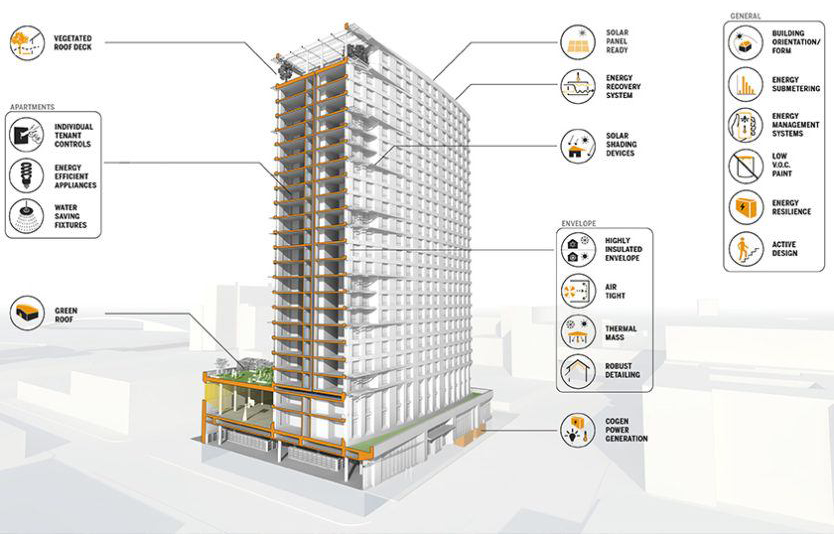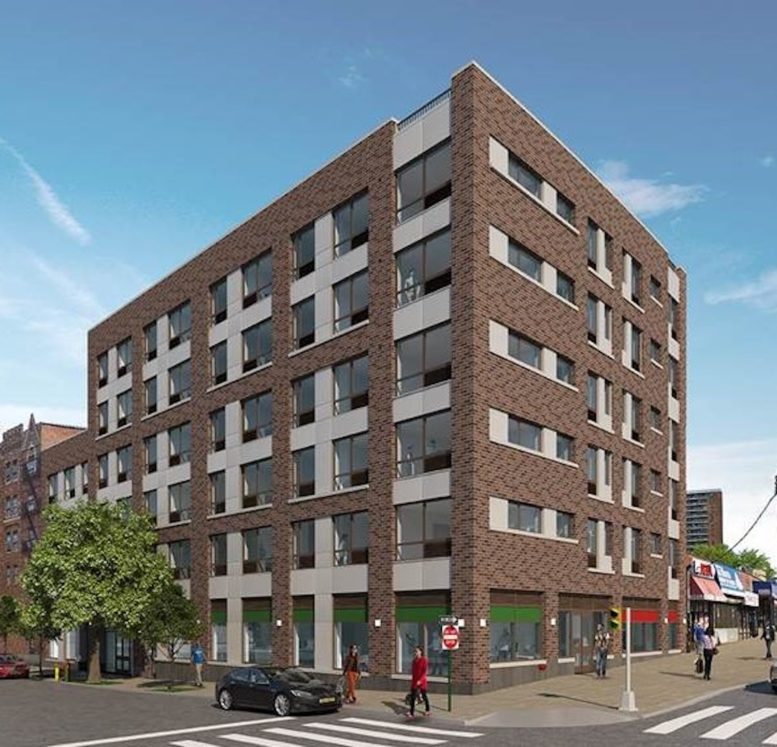
PSC Approves 'Managed Charging' Programs Providing EV Drivers with Bill Discounts When Charging During Beneficial Times for the Grid
PSC Advances 'EV Make-Ready' Program to Accelerate Deployment of 50,000 Public and Commercial Charging Ports — Including 1,500 Fast-Charging Ports — by 2025
Governor Kathy Hochul today announced that the State Public Service Commission approved New York's investor-owned utilities electric vehicle active and passive-managed charging programs, a key element in further developing New York's electric vehicle infrastructure. Today's PSC decision is an integral part of the initiative known as the EV Make-Ready program which directed the utilities to develop managed charging programs that will provide customers with an alternative to the whole home Time-of-Use rates that are already in place. Managed charging programs and TOU rates incentivize charging at the most beneficial times for the grid, which has the potential to extend the estimated societal benefits of EV deployments to more than $5 billion through 2030.
"I am proud to say New York leads the nation in clean energy innovation to combat climate change and bring environmental justice to impacted communities," Governor Hochul said. "Today's action brings us one step closer to a greener, emission-free future, and expand upon the benefits of electric vehicle ownership by providing added savings at a time when New Yorkers need it the most."
The EV Make-Ready program provides funding for the infrastructure required to support more than 50,000 new public and commercial Level 2 charging ports, capable of charging a vehicle at least two times faster than a standard wall outlet, and 1,500 public DC (direct current) fast charger ports in New York in recognition of the essential role that public fast charging ports will play in the near term to allay range anxiety. Before the program began, there were 4,571 publicly accessible chargers statewide. This program will increase the number of publicly accessible chargers in New York State more than tenfold.
The EV Make-Ready program is funded by major investor-owned utilities in New York State and creates a cost-sharing program that incentivizes utilities and charging port developers to site electric vehicle charging infrastructure in places that will provide a maximal benefit to consumers. The Commission capped the total budget at $701 million and it will run through 2025, with a minimum of $206 million allocated toward equitable access and benefits for lower-socio-economic and disadvantaged communities. EV charging ports in disadvantaged communities are eligible for a higher incentive, supporting up to 100 percent of the costs to make a site ready for EV charging.
Encouraging private investment in publicly accessible fast-charging ports will stimulate the EV market in New York over the coming years. While the initial focus was on funding projects located in communities served by investor-owned utilities, the Commission said that the objectives to advance the state's transportation electrification goals, expand access to clean transportation, and reduce emissions in disadvantaged communities are relevant across the entire state.
Public Service Commission Chair Rory M. Christian said, "As the adoption of EVs increases throughout the State, well-designed EV managed charging programs will provide essential benefits to the utility and transportation sectors. By providing EV drivers with incentives for beneficial charging behavior, along with resources that makes charging hassle-free, the managed charging programs will create a win-win for EV drivers in the form of lower fuel costs and the grid in the form of reduced infrastructure costs."
Today's decision impacts customers of the major utilities in New York State — Central Hudson Gas & Electric Corporation, Consolidated Edison Company of New York, Inc., New York State Electric & Gas Corporation, National Grid, Orange and Rockland Utilities, Inc. and Rochester Gas and Electric Corporation.
The transportation sector is responsible for the largest contribution to greenhouse gas pollution in the country, with these emissions increasing more than any other sector over the last 30 years. Encouraging accelerated, forward-thinking development of charging infrastructure will provide New Yorkers with more than $2.6 billion in net benefits and supports the achievement of the State's transportation electrification and clean energy goals. Electrifying transportation will allow New Yorkers to power vehicles with cleaner energy sources, with renewables representing a growing portion of the state's electricity supply. Thoughtful siting of charging infrastructure will support reduced installation costs, improve site host-acceptance and maximize use from drivers.
In a related development, the PSC modified the EV rules for Con Edison, the state's largest electric utility. Specifically, the PSC will allow Con Edison to increase the current single-site plug limit on fast-charging stations from 10 plugs to 30 plugs and it will eliminate the funding limit on certain incentives. The modifications will alleviate market constraints to increase charging station accessibility by facilitating developer interest and market growth in the company's service territory, including expanded access for disadvantaged communities.
The Long Island Power Authority (LIPA), with its service provider, PSEG Long Island, has announced a goal to support 180,000 new EVs on Long Island with 4,745 new EV charging ports by 2025, with a proposed investment of $89 million in make-ready infrastructure over the next four years.
Customers on Long Island and other regions of New York State that fall outside of the investor-owned utility service territories can leverage the innovative prize competition design and administrative capabilities developed by NYSERDA for the "New York Clean Transportation Prizes".
The PSC's objectives to advance the state's transportation electrification goals, expand access to clean transportation, and reduce emissions in disadvantaged communities should be pursued by all communities throughout the state, without regard to the particular electric service provider or regulatory framework that governs that service, and a coordinated, statewide approach is needed to meet the Climate Leadership and Community Protection Act (CLCPA) requirements, and that all New Yorkers should share in the benefits of the CLCPA.
The CLCPA includes the requirements that all state agencies prioritize greenhouse gas emissions reductions in disadvantaged communities and that no less than 35 percent of the overall benefits of spending on clean energy programs benefit disadvantaged communities. EV Make-Ready costs include utility-owned make-ready work, customer-owned, make-ready work, make-ready implementation and other programs costs.
New York State's Nation-Leading Climate Plan
New York State's nation-leading climate agenda is the most aggressive climate and clean energy initiative in the nation, calling for an orderly and just transition to clean energy that creates jobs and continues fostering a green economy as New York State recovers from the COVID-19 pandemic. Enshrined into law through the Climate Leadership and Community Protection Act, New York is on a path to achieve its mandated goal of a zero-emission electricity sector by 2040, including 70 percent renewable energy generation by 2030, and to reach economy wide carbon neutrality. It builds on New York's unprecedented investments to ramp-up clean energy including over $35 billion in 120 large-scale renewable and transmission projects across the state, $6.8 billion to reduce buildings emissions, $1.8 billion to scale up solar, more than $1 billion for clean transportation initiatives, and over $1.6 billion in NY Green Bank commitments. Combined, these investments are supporting nearly 158,000 jobs in New York's clean energy sector in 2020, a 2,100 percent growth in the distributed solar sector since 2011 and a commitment to develop 9,000 megawatts of offshore wind by 2035. Under the Climate Act, New York will build on this progress and reduce greenhouse gas emissions by 85 percent from 1990 levels by 2050, while ensuring that at least 35 percent with a goal of 40 percent of the benefits of clean energy investments are directed to disadvantaged communities, and advance progress towards the state's 2025 energy efficiency target of reducing on-site energy consumption by 185 trillion BTUs of end-use energy savings.




